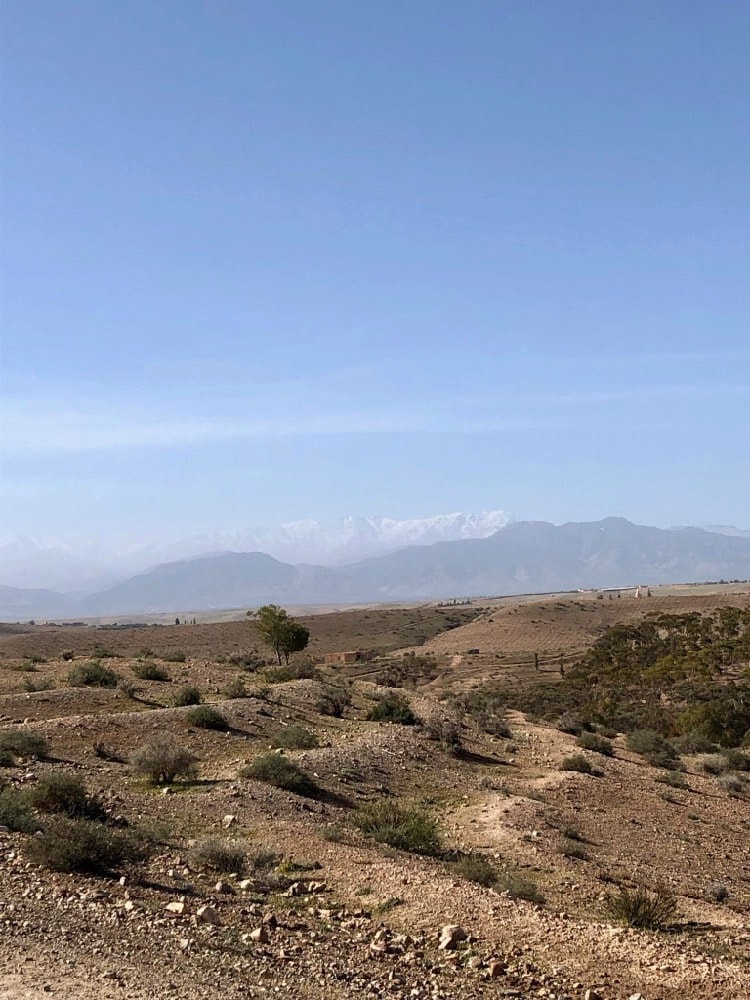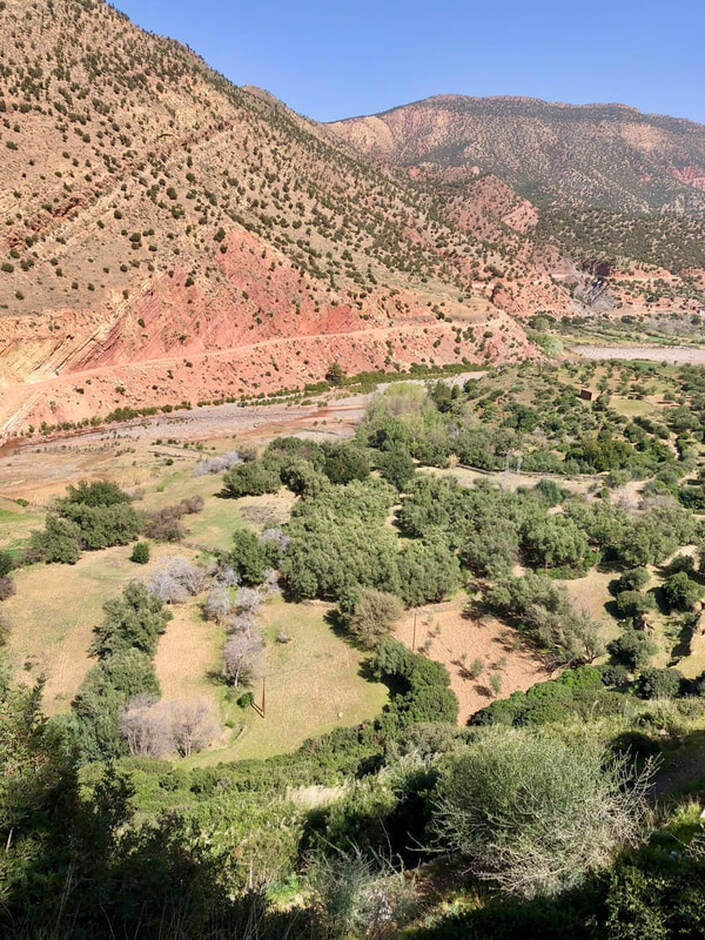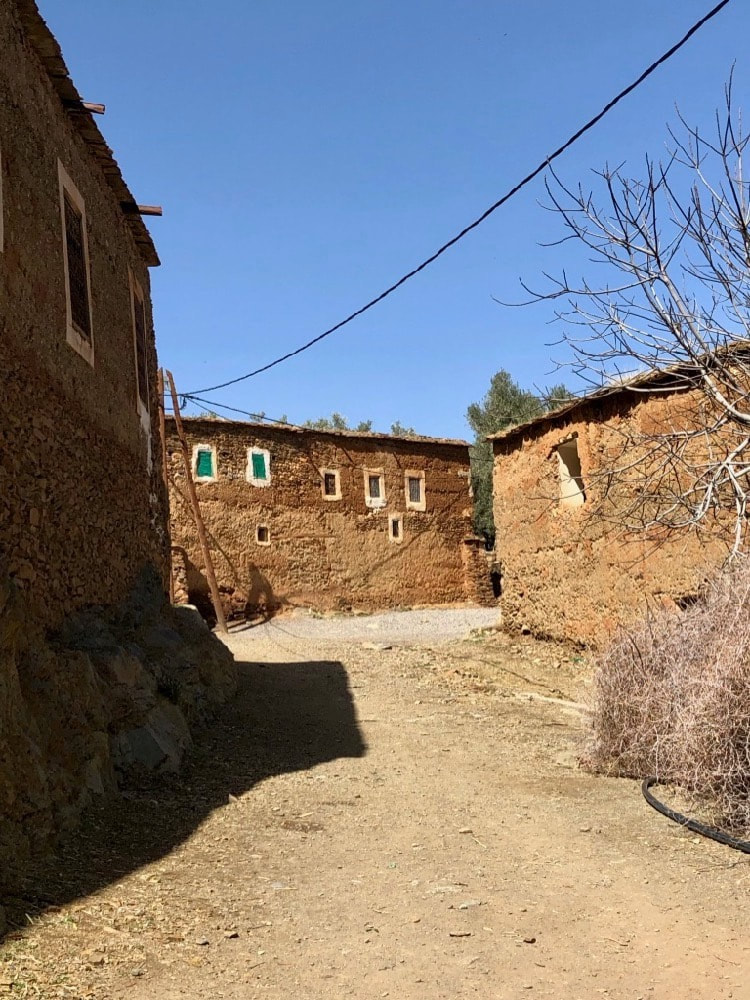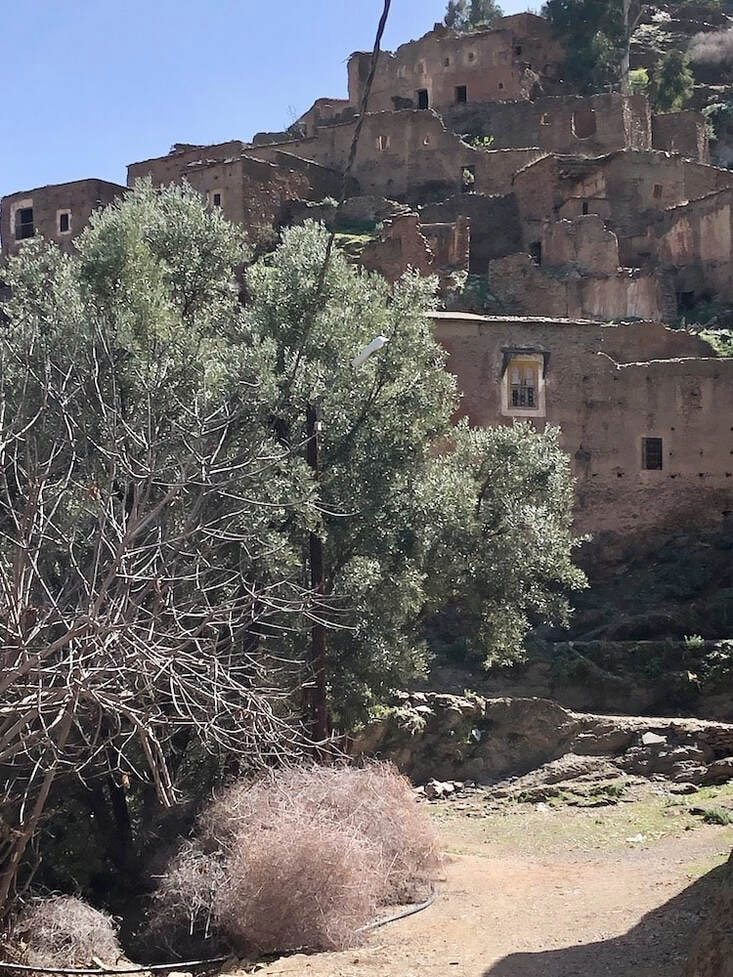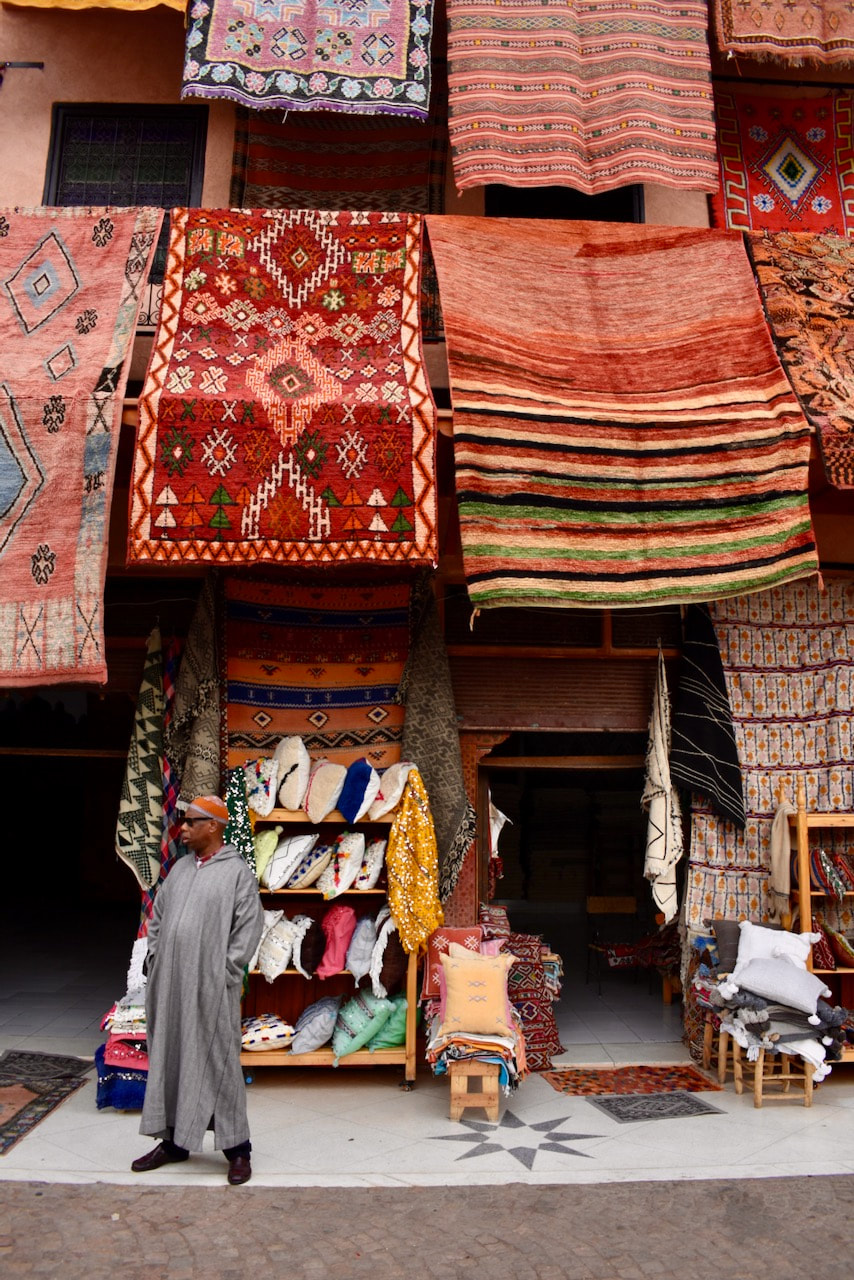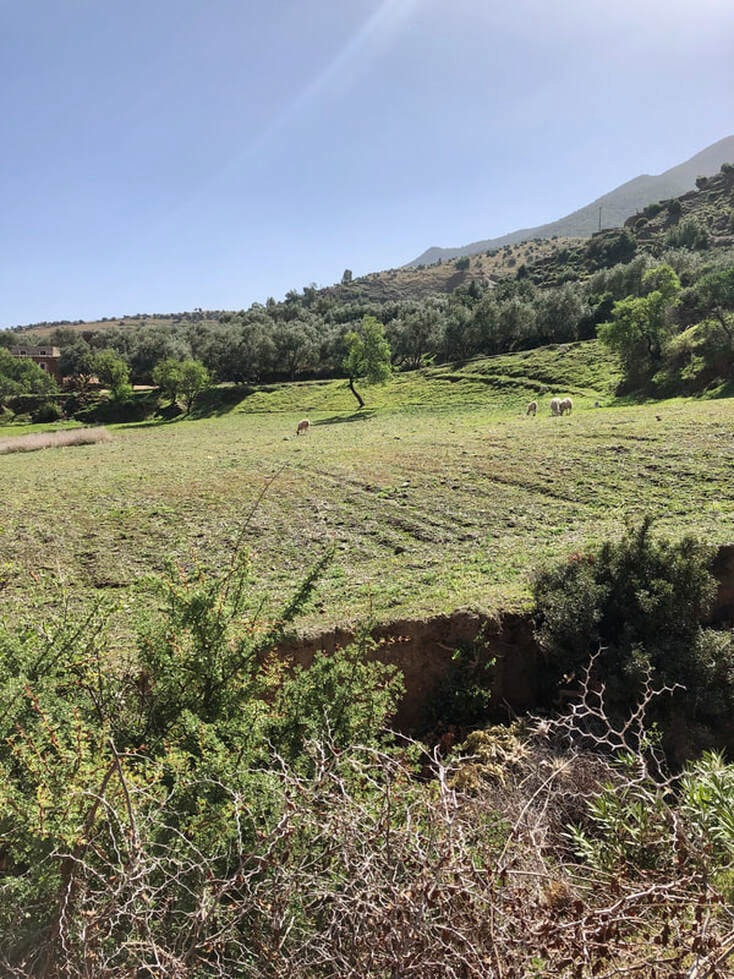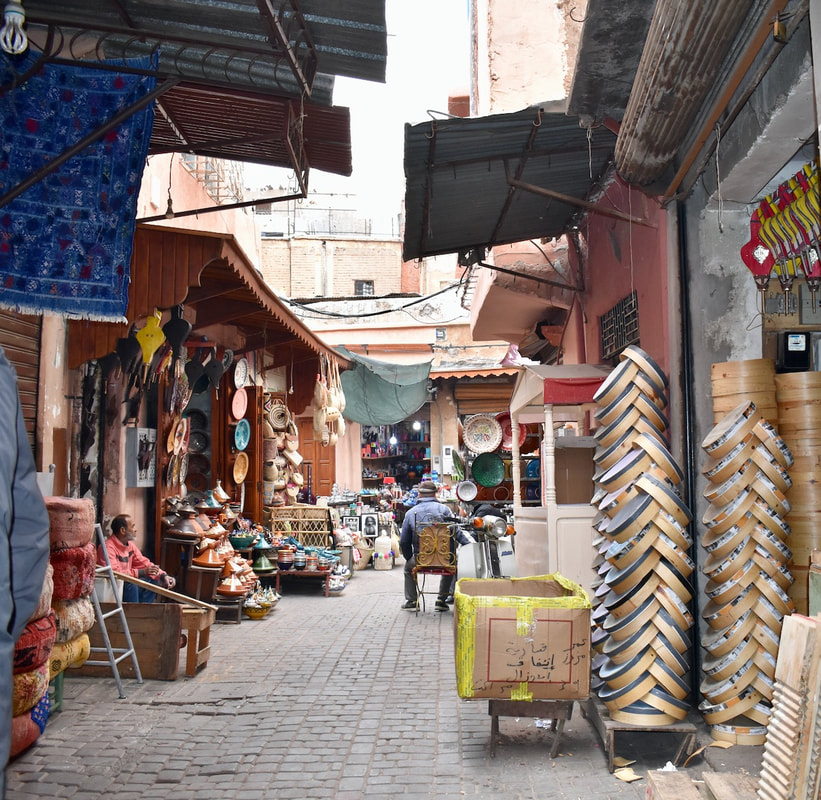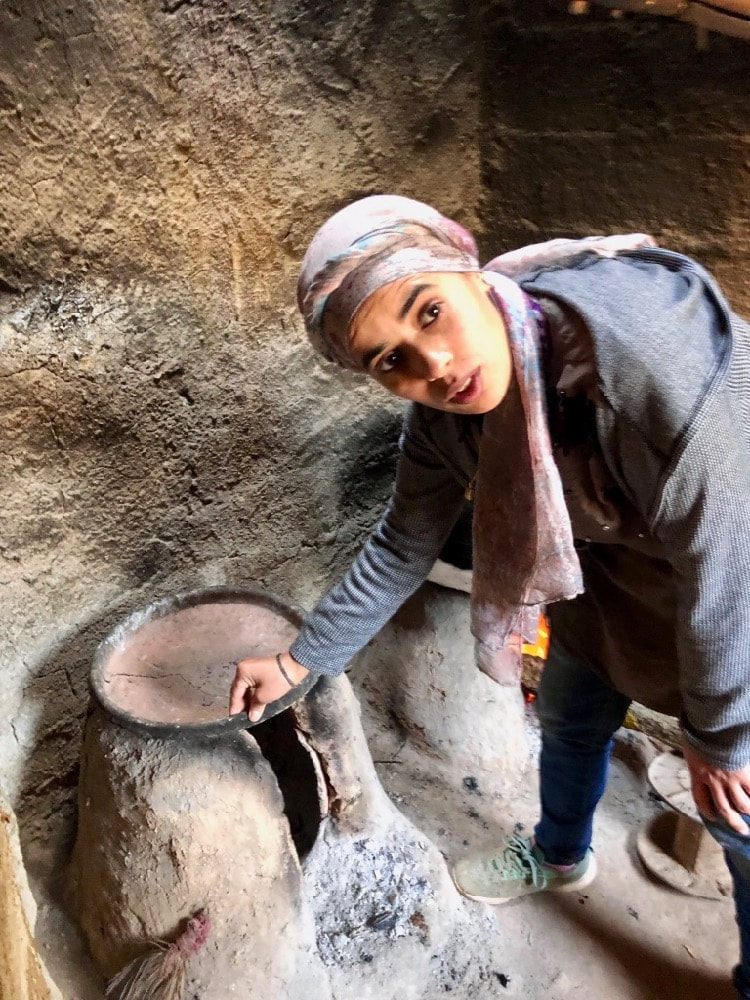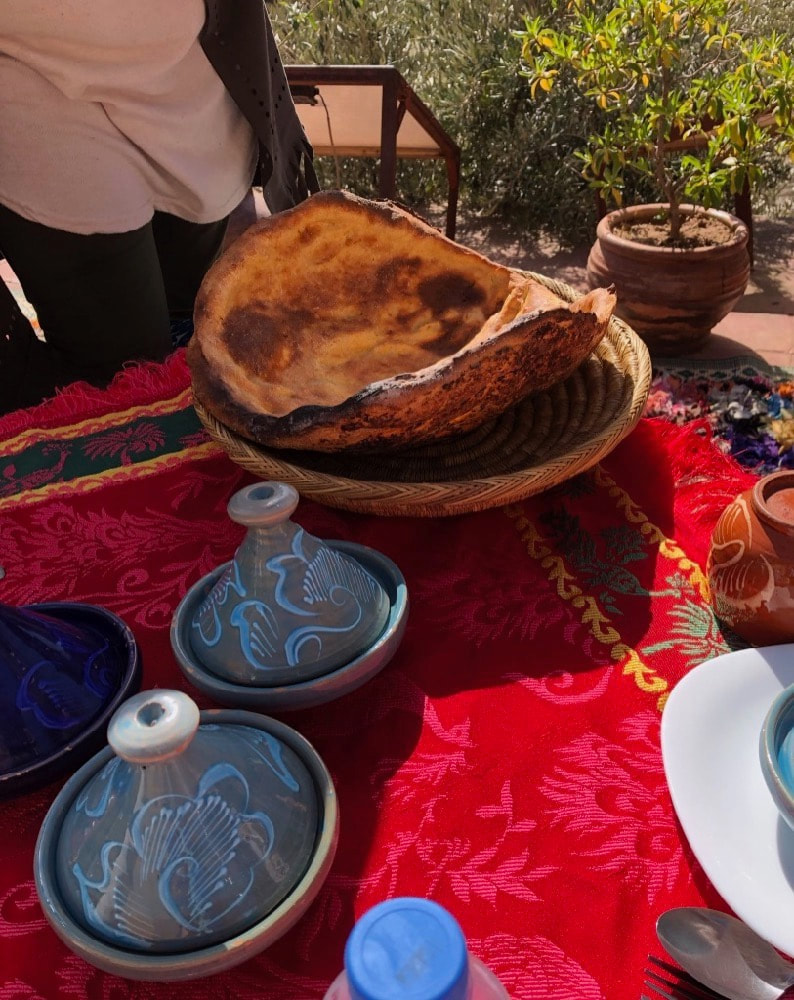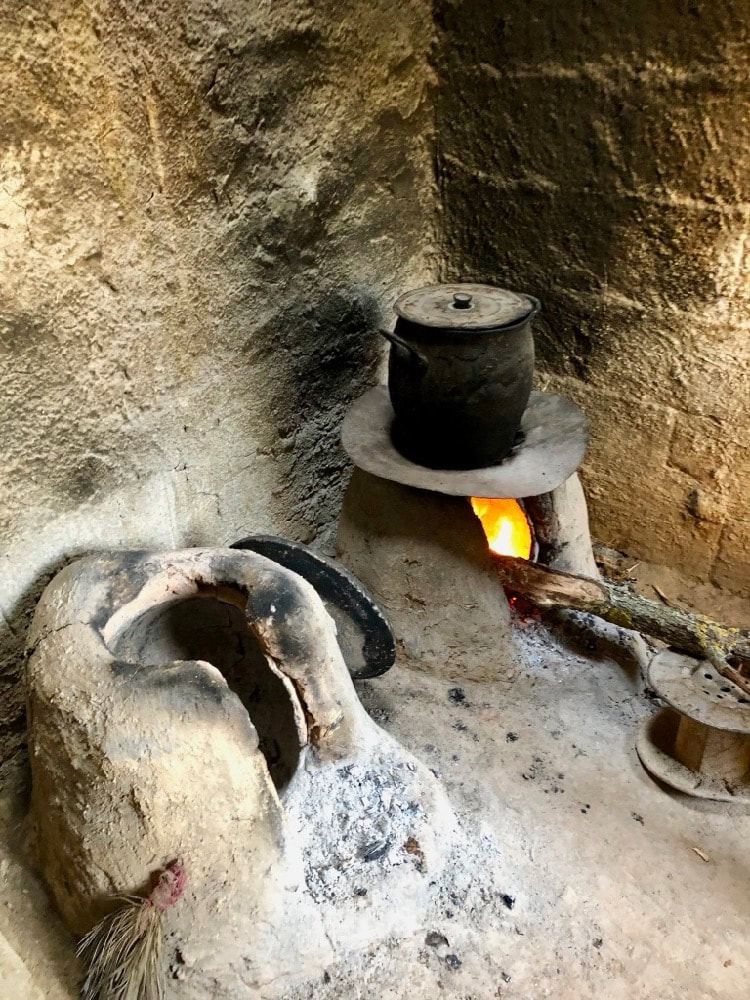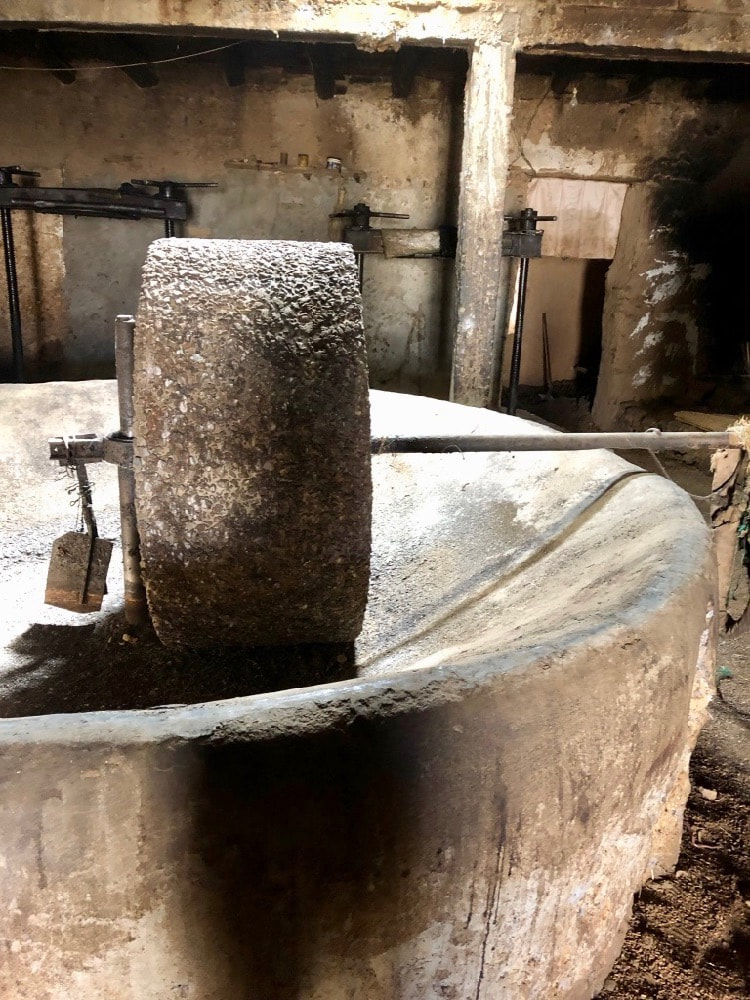A Fascinating Trip to A Berber Village
Just mention the word Berber, and immediately your imagination takes you to the desert where a group of nomads treks with their camels. Facing head-on the desert wind, they navigate through knowing how to flow with the sand to conserve their energy. Inside of them, they keep the ancient knowledge and feel for the desert that hundreds of ancestors have shared with them.
Today, many of the Berbers no longer live nomadic lives and have settled down to become farmers doing agriculture and raising cattle, sheep, and goats in the mountains and valleys of Morocco. They participate actively in the Moroccan economy, especially in tourism, where their natural hospitality makes them competent tourist guides.
The Berbers constitute about 40% of Morocco's population, approximately 10.4 million of them. The Berbers, however, are not only in Morocco but also in the neighboring Saharan countries, including Algeria, Tunisia, Libya, and Egypt. The Tuareg Berbers live mainly in Mauretania, Niger, Mali, and Burkina-Fasso.
My fascination with the Berbers started when we visited the parts of Spain formerly ruled by the Almoravids and the Almohads. Inspired by what I saw of their achievements in the Spanish cities of Cordoba and Granada, I immediately accepted the invitation of family members to visit Morocco.
They are the indigenous people inhabiting the land that stretches from Egypt to the Sahel. They include these tribes: the Drawa, inhabiting the Draa Valley; the Dades, who live in the North-East; the Mesquite, Seddrat, and Zeri, who live in the North-West; and the Ghomara, who call the Rif Region home.
Berbers have influenced history for millions of years. Though a minority in a few countries now, their culture seems to peek through the dominance of whatever cultures they have inserted themselves. We saw the Berber talent and skills in the old souks of Morocco and Fez, where the colorful woven carpets, the kills, hang on the walls with intricately embroidered fabrics and elegantly crafted jewelry.
The Berbers proudly call themselves "Imazighen" ("Amazigh" for males; Tamazight for females), which means noble people. Unhappily, most of us equate the Berbers with barbarians because the Greek word, barbarous (barbarian), refers to foreigners who did not speak Greek. Eventually, the name became associated with those who were uncivilized, and, today, this is its widespread use.
I was further impressed when I read that the following famous people are indeed Berbers:
- Ramesses, the third Pharaoh of the 19th Dynasty of Egypt (1279-1213 BC);
- Saint Augustine, a 4th-century Christian theologian, and philosopher from Algeria;
- Ibn Battuta, a 14th-century Moroccan traveler and explorer who traveled throughout Africa, the Near and the Far East;
- Zinedine Zidane, a former French footballer who now coaches Real Madrid;
- Saoud Massi, an Algerian acoustic singer-songwriter whose soulful tunes you will often hear playing in the medinas of Essaouira and Marrakech; and
- Tinariwen, the much-loved and highly-acclaimed Tuareg musicians, were from the Saharan region of Mali.
Furthermore, the Berbers were responsible for establishing many trading routes between the West-African and the Sub-Saharan region. Their camel caravans transported goods in five trans-Saharan trade routes to cities like Timbuktu in Mali. From here, these goods reached the far corners of the world. One of these goods transported was rock salt, the then Saharan desert prime resource.
Traditionally, Berber men raised cattle, sheep, and goats. Some worked in flour mills, quarry millstones, made pottery, woodcarving, and jewelry. The women tended to the home, cooked and wove rugs, and also made pottery and crafts. Though still true of the Berbers living in the mountains and rural areas today, many Berbers have found employment in the cities, mostly in tourism. Due to their hospitable nature and broad knowledge of the country, the tourism industry values their involvement. The more adventurous of them became migrant workers as far as Spain or France.
The Berbers, initially Christians or Jews, converted to Islam in the middle of the 7th century to survive and stay in their land. That was the start of the Arabization of their language, tribal laws, and literary traditions.
Despite the modernization of the Berbers, about 40% of them in Morocco only speak their native dialect. They talk not one language but several dialects which are different from each other. Most of these dialects prefer to speak mainly: Tarifiyt in the north, Tashelhiyt in the southwest, and Tamazight in the center. This Tamazight language has 38 consonants but only three vowels. The Berber dialects have elements of the Germanic languages because the Vandals ruled the northern part of Africa for about a hundred years.
Despite the modernization of the Berbers, about 40% of them in Morocco only speak their native dialect. They talk not one language but several dialects which are different from each other. Most of these dialects prefer to speak mainly: Tarifiyt in the north, Tashelhiyt in the southwest, and Tamazight in the center. This Tamazight language has 38 consonants but only three vowels. The Berber dialects have elements of the Germanic languages because the Vandals ruled the northern part of Africa for about a hundred years.
When we went to Morocco this time, we chose to spend a day in the Moroccan village, about several hours drive from the city. When we arrived in the hamlet, the guide, unusually a woman, welcomed us to their home, a typical Berber abode but more significant because of her father's status in the village. She brought us to a traditionally designed rooftop area where we had a very distinct landscape view.
We welcomed the hearty breakfast, having driven early from the city. The main feature, for me, is the traditional bread baked in a makeshift oven drizzled with honey. Served with this bread is the conventional thick brown paste made out of almonds, honey, and, of course, the famous Moroccan argan oil. Olives grown right in the area complimented the breakfast, and a cup of fresh mint tea finished it.
After breakfast, our guide brought us around the village through winding paths in the hillside. The picture presented a traditional village hundreds of years ago centered around its traditional communal olive press and amid mud-caked homes plastered on the sides of steep hills. I felt transported to centuries ago when civilization was at its beginning.
It was interesting to meet the families living in the area. Our guide told us stories of how some family members moved and worked in the city and came and visited the families every so often. As they brought back home their earnings, improvements in their standards of living appeared.
The one thing that intrigued us most was how our guide broke through her culture's conventions to be in her current position. It was an exciting series of decisions that her parents gladly supported. She studied, lived in the city, and learned the ropes of the tourism industry. She is not stopping at this as she outlines her plans for the future. Inspired, we reluctantly left the village, said goodbye to our new friends, and headed back to the city.
A piece of us stayed there, but a more significant bit of them came back with us forever etched in our memory.
A piece of us stayed there, but a more significant bit of them came back with us forever etched in our memory.
Before you go, check out these other articles:
